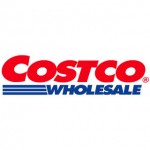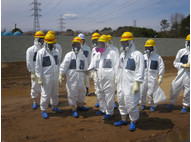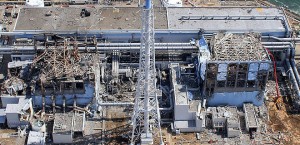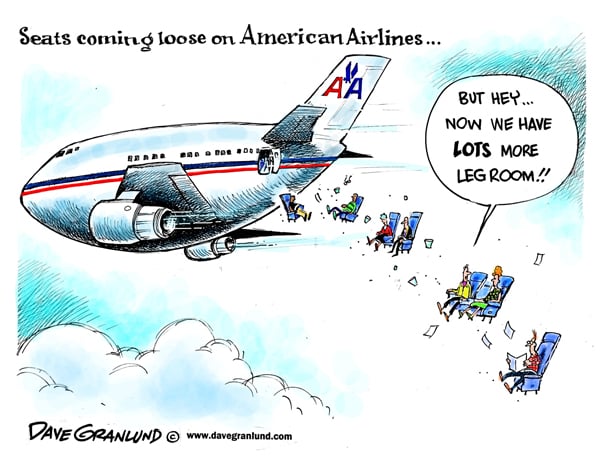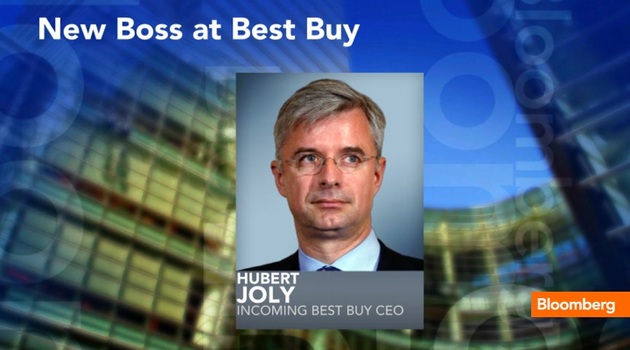Is the long dreaded statement, “You get what you pay for” true? Or is it just a coined phrase that consumers overuse?
The recent numbers for the business quarter were released by Wall Street Journal and Costco’s numbers were nothing less than impressive while Walmart’s numbers were nothing spectacular. Costco experienced an 8% increase from last year’s benchmark and a 5% increase in same-store sales. These impressive numbers that Costco released may reveal that consumers are sick of receiving a shoddy service from corporations such as Walmart.
This grocery superstore (Costco) does charge a member fee; however with the 8% increase this quarter it doesn’t seem to be stopping anyone from coming and ditching Walmart. Walmart is known for its unbelievable cheap prices and record-breaking deals, but are these numbers revealing that consumers may be sick of it and switching to Costco?
The article suggests that the reason for this downfall at Walmart may be related to the minimal wage it pays its employees. On the other hand, Costco pays its employees a decent wage where they can afford even the extra remedies in life. Where a Walmart employee can barely afford to take their kids to the doctor. Even if the average employee at Walmart finds a loophole to squeeze a little more pay out of the company Walmart Corporation won’t hesitate to cut that stores employment roster by nearly one and a half percent.
As a result of these minimal wage efforts to their employees their quality of service has significantly decreased. Employee moral is down because there is an extreme lack of motivation between workers when they know pay is extremely low. Inventory remains pilled up in warehouses around the country and customer services line are metaphorically speaking “running out the door.” To add to another fall back Walmart is experiencing, is that when customers do want their products, they are nowhere to be found.
Walmart is experiencing these sales hit and we can see that they may be directly related to poor compensation received by their employees. Staff and salary cuts at Walmart have been occurring since the recession while customer service continue to drop. Yet Walmart still continues to open retailers around the world.
With the decrease in the quality service that Walmart is providing maybe it is time to revamp some of their strategies and move away from extremely low prices. They need to invest some of this money into paying their employees properly because with low wages we can see employee turnover and sales are at a low.
Personally, I have experienced Walmart’s poor quality service and am not a firm supportive of how they treat their employees; however I do enjoy their extremely low prices.
Will following Costco’s employee wages support team moral and inadvertently improve company sales at Walmart?
What quality tools can Walmart use to design a new business model to ensure this won’t continue to happen?
You get what you pay for; do you think Walmart provide shoddy quality service?
